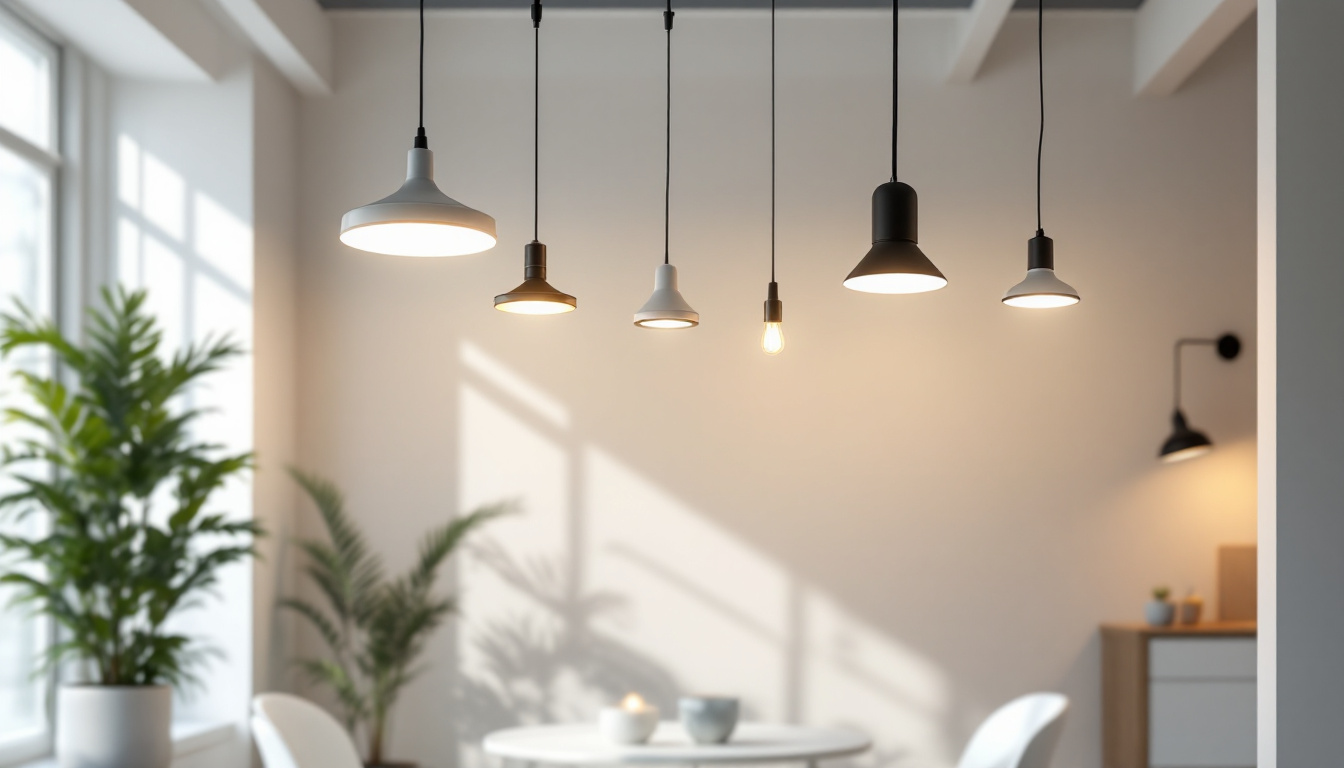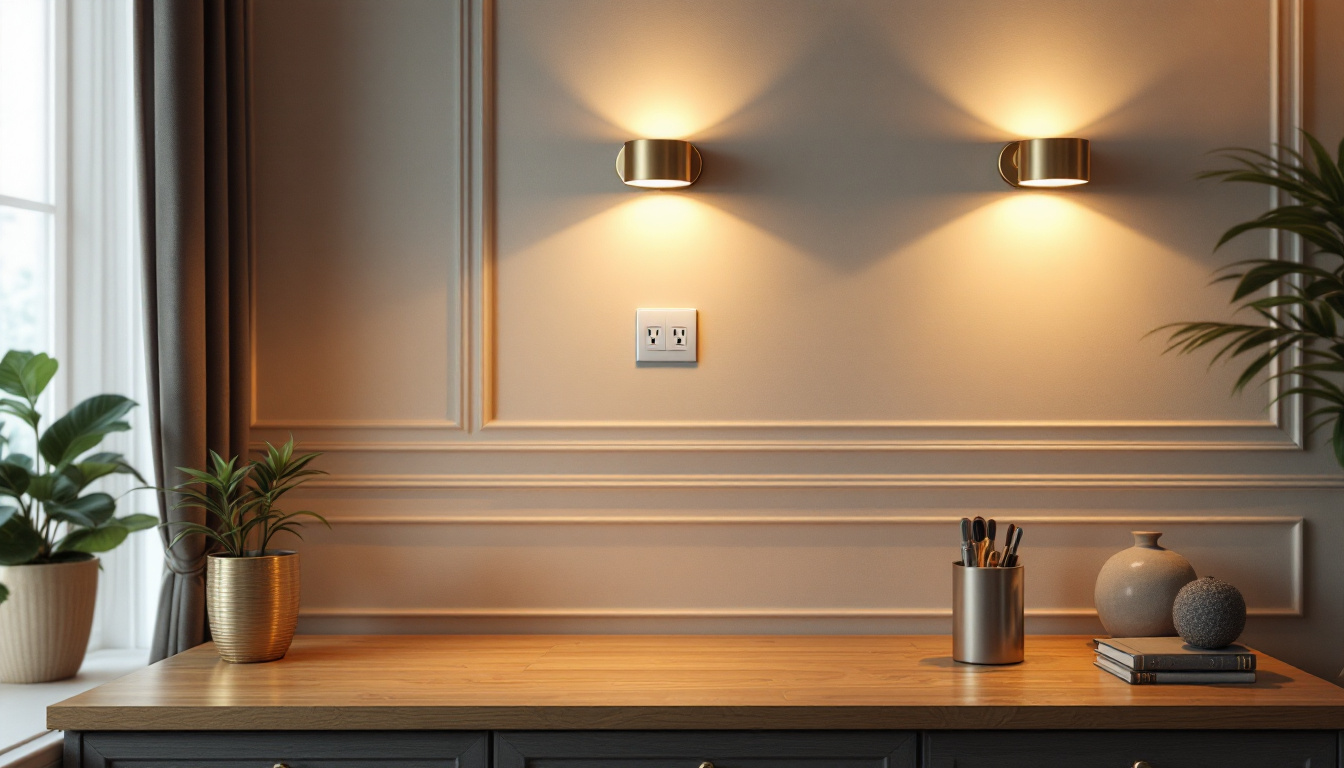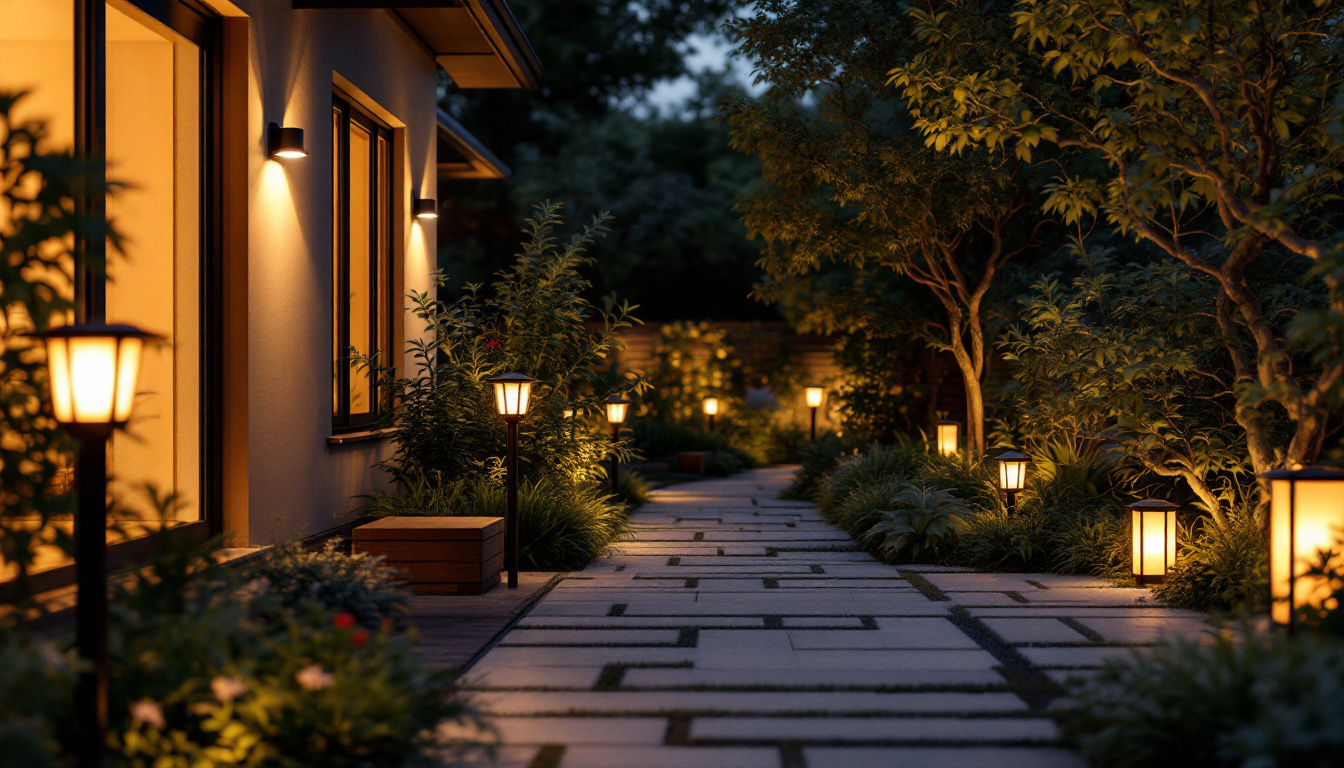
In the world of lighting design and installation, the term “IC rating” is crucial for ensuring safety and efficiency. IC stands for “Insulation Contact,” which indicates that a fixture can be in direct contact with insulation material without posing a fire hazard. This is particularly important in residential and commercial settings where energy efficiency and safety are paramount.
IC-rated fixtures are designed to dissipate heat effectively, preventing overheating and potential fire risks. This makes them a preferred choice for many lighting contractors who prioritize safety and compliance with building codes. Understanding IC ratings is essential for making informed decisions about lighting products and ensuring that projects meet both aesthetic and functional requirements.
IC ratings are not just a regulatory formality; they play a significant role in the longevity and performance of lighting installations. Non-IC rated fixtures can create significant risks when installed in insulated ceilings, leading to overheating and fire hazards. By choosing IC-rated fixtures, contractors can ensure that their installations are safe and compliant with local building codes.
Moreover, the use of IC-rated fixtures can lead to energy savings. These fixtures are designed to work efficiently with insulation, reducing energy loss and improving the overall energy performance of a building. This not only benefits the environment but also results in lower utility bills for homeowners and businesses alike.
In addition to safety and energy efficiency, IC-rated fixtures also offer versatility in design. They come in various styles, sizes, and finishes, allowing designers to achieve the desired aesthetic without compromising safety. Whether it’s a sleek, modern look or a more traditional appearance, IC-rated fixtures can seamlessly integrate into any space. This adaptability makes them a popular choice for both new constructions and renovations, where maintaining the integrity of existing insulation is crucial.
Furthermore, the growing awareness of energy-efficient lighting solutions, such as LED technology, has led to an increase in the availability of IC-rated options. Many manufacturers are now producing IC-rated LED fixtures that not only meet safety standards but also provide superior energy efficiency and longer lifespans compared to traditional lighting options. This evolution in lighting technology reinforces the importance of IC ratings as a benchmark for quality and reliability in the ever-evolving landscape of lighting design.
When selecting IC-rated fixtures, several factors must be taken into consideration to ensure that the chosen products align with project requirements. The right choice can enhance the overall effectiveness and safety of the lighting design.
IC-rated fixtures come in various types, including recessed lights, downlights, and surface-mounted fixtures. Each type serves different applications, and understanding these distinctions is vital for contractors. For instance, recessed IC-rated lights are ideal for ceilings where insulation is present, while surface-mounted fixtures may be more suitable for areas where insulation is not a concern.
Additionally, the choice of fixture should align with the intended use of the space. For example, in areas with high humidity, such as bathrooms or kitchens, selecting IC-rated fixtures that are also wet-rated is essential. This ensures that the fixtures can withstand moisture without compromising safety or performance. Furthermore, in commercial settings, such as offices or retail spaces, the aesthetic appeal of the fixtures can greatly influence customer perception. Choosing fixtures that complement the design theme while providing adequate illumination can enhance the overall experience for occupants and visitors alike.
Energy efficiency is a critical factor in modern lighting design. Many IC-rated fixtures now come equipped with LED technology, which offers significant energy savings compared to traditional incandescent or halogen bulbs. When selecting fixtures, it is advisable to consider their energy ratings and expected lifespan.
Moreover, performance characteristics such as lumen output, color temperature, and beam angle should also be evaluated. These factors influence the quality of light and can enhance the ambiance of a space. By choosing high-performance IC-rated fixtures, contractors can deliver superior lighting solutions that meet client expectations. Additionally, the integration of smart lighting technology with IC-rated fixtures is becoming increasingly popular. This allows for greater control over lighting schemes, enabling users to adjust brightness and color temperature according to their preferences, which can lead to improved energy savings and personalized comfort in any environment. The ability to program lighting schedules or integrate with home automation systems further elevates the functionality of these fixtures, making them a versatile choice for both residential and commercial applications.
Compliance with local building codes and regulations is a non-negotiable aspect of any lighting project. IC ratings are often a requirement in residential and commercial installations, and understanding these regulations is essential for contractors.
Building codes vary by region, and it is crucial for contractors to stay informed about the specific requirements in their area. Many jurisdictions mandate the use of IC-rated fixtures in insulated ceilings to prevent fire hazards. Failure to comply with these codes can result in costly penalties and safety risks.
Contractors should also be aware of any additional regulations that may apply, such as energy efficiency standards or environmental considerations. By staying compliant, contractors not only protect themselves legally but also enhance their reputation as responsible professionals in the industry.
Proper documentation and certification are vital for ensuring compliance with building codes and regulations. When selecting IC-rated fixtures, contractors should request documentation from manufacturers that confirms the product’s compliance with relevant standards.
Additionally, maintaining records of all installations, including the types of fixtures used and their respective ratings, can be beneficial. This documentation can serve as proof of compliance during inspections or audits, providing peace of mind for contractors and their clients.
As technology continues to evolve, future-proofing lighting projects is becoming increasingly important. This involves selecting fixtures and systems that can adapt to changing needs and advancements in technology.
One of the most significant trends in lighting design is the integration of smart technology. Smart lighting systems allow for enhanced control, energy management, and customization. When selecting IC-rated fixtures, contractors should consider options that are compatible with smart home systems.
By choosing fixtures that can easily integrate with smart technology, contractors can offer clients increased flexibility and control over their lighting environments. This not only enhances user experience but also positions contractors as forward-thinking professionals who are in tune with modern trends.
Future-proofing also involves selecting fixtures that are adaptable and versatile. This can include adjustable fixtures that allow for changes in lighting direction or intensity, as well as fixtures that can accommodate different bulb types. By investing in versatile products, contractors can ensure that their installations remain relevant and functional as client needs evolve.
Additionally, considering modular systems that allow for easy upgrades or replacements can enhance the longevity of lighting installations. This approach not only benefits clients but also reduces the need for complete overhauls in the future, saving time and resources.
The installation process is critical to the performance and safety of IC-rated fixtures. Adhering to best practices during installation can help ensure that projects are completed efficiently and effectively.
When installing IC-rated fixtures, proper placement and spacing are essential. Fixtures should be positioned to provide adequate light coverage while avoiding excessive clustering that could lead to overheating. Contractors should also consider the layout of the space, ensuring that fixtures are placed to enhance the overall lighting design.
Moreover, it is important to follow manufacturer guidelines regarding spacing and placement. This not only ensures optimal performance but also helps maintain compliance with safety standards.
Electrical considerations are paramount when installing IC-rated fixtures. Contractors should ensure that the electrical supply is adequate for the fixtures being installed and that all wiring is compliant with local codes. Proper grounding and circuit protection are also essential to prevent electrical hazards.
Additionally, using high-quality connectors and wiring can enhance the reliability of the installation. This attention to detail can prevent future issues and ensure that the lighting system operates smoothly for years to come.
Maintenance is a crucial aspect of ensuring the longevity and performance of IC-rated fixtures. Regular upkeep can prevent issues and extend the lifespan of lighting installations.
Conducting regular inspections of IC-rated fixtures can help identify potential issues before they become significant problems. Contractors should check for signs of wear, damage, or overheating, and address any concerns promptly. This proactive approach can prevent costly repairs and ensure that lighting systems remain safe and effective.
Additionally, inspecting insulation around fixtures is essential to ensure that it remains intact and does not obstruct airflow. Proper insulation management contributes to the overall safety and efficiency of the lighting installation.
As technology advances, upgrading IC-rated fixtures to incorporate newer technologies can enhance performance and energy efficiency. Contractors should stay informed about the latest developments in lighting technology and recommend upgrades to clients when appropriate.
Upgrading to more efficient LED options or integrating smart technology can significantly improve the functionality of existing installations. This not only benefits clients but also demonstrates a commitment to providing high-quality, future-proof lighting solutions.
In conclusion, understanding and utilizing IC ratings is essential for lighting contractors looking to deliver safe, efficient, and future-proof lighting projects. By selecting the right fixtures, ensuring compliance with regulations, and adopting best practices during installation and maintenance, contractors can enhance the quality and longevity of their lighting installations.
As the lighting industry continues to evolve, staying informed about advancements in technology and trends will be crucial for success. By prioritizing IC-rated fixtures and embracing innovative solutions, contractors can position themselves as leaders in the field, ensuring that their projects meet the demands of today and the challenges of tomorrow.
Ready to elevate your lighting projects with the safety, efficiency, and future-proofing that IC-rated fixtures offer? Look no further than LumenWholesale for an unparalleled selection of top-quality, spec-grade lighting products. Our commitment to providing contractors with the best value is unmatched, offering unbeatable wholesale prices and the convenience of free shipping on bulk orders. Don’t let inflated markups dim your project’s potential. Choose LumenWholesale and experience the perfect blend of quality, affordability, and convenience. Start transforming your lighting projects today by visiting Wholesale Lighting at the Best Value.

Discover how strategic electrical outlet placement can transform your lighting design.

Discover the diverse world of fluorescent tubes and understand why staying informed is crucial for lighting contractors.

Discover how outdoor solar security lights are revolutionizing the lighting industry by enhancing efficiency for contractors.

Discover expert tips and innovative strategies for lighting contractors to master the installation and optimization of solar power outdoor lights.